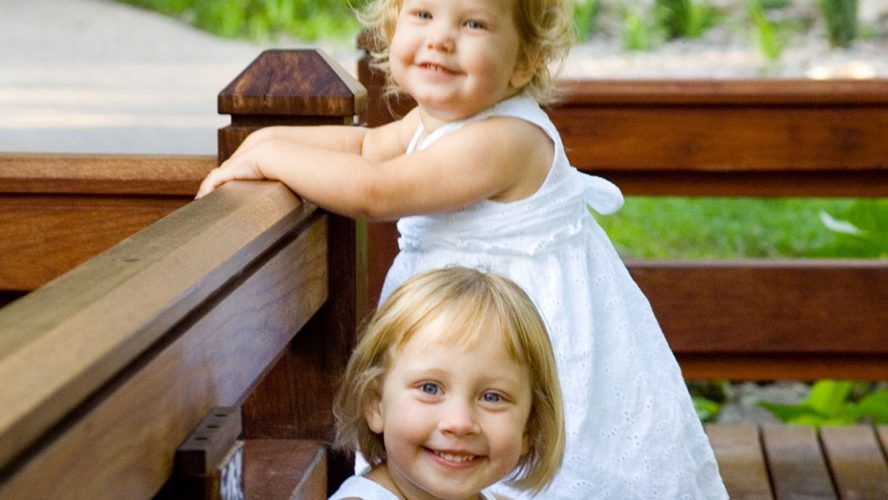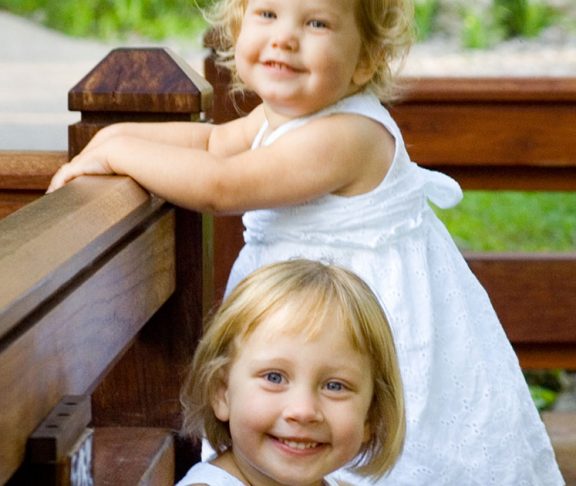When my daughter Chloe was 14 months old I began to have concerns about her development. At first her inability to balance seemed minor but as she grew older I became more alarmed.
I watched her struggle to walk and even just get a spoon to her mouth. When I voiced my concerns to her pediatrician, he dismissed them. Chloe’s symptoms didn’t fall neatly into any disorder he had heard of, so my perception was that he simply assumed I was an unreliable reporter.
Thankfully, a second pediatrician believed me and Chloe was eventually diagnosed with a rare, aggressive neurodegenerative disease. While a bone marrow transplant was offered as a treatment, there was no cure and Chloe passed away shortly after the transplant.
Sadly, this story is typical for the more than 25 million people living with a rare disease and until we understand that although there is great diversity in the 7,000 diagnoses, the barriers to care are strikingly similar, the rare disease community will continue to have worse outcomes than the general population.
Here are 3 steps society must take to ensure the rare disease community receives adequate care:
Identify innovative ways to get rare patients diagnosed faster.
My friend Kari spent five of the six years her son was on this earth frantically searching for a diagnosis. In that time she had to leave the workforce, wake up every day unsure what her son’s course of disease would look like, and (as we moms are always tempted to do) blame herself.
The reality is that the average rare patient waits five years for a diagnosis. This is unacceptable and technological advances like genome sequencing, telemedicine, and artificial intelligence offer new methods that can be applied to rare disease diagnostics.
Ensure patient communities are supported by “medical family” and have a home in the healthcare system.
I remember vividly going through the unfathomable journey of losing Chloe, and the feeling of isolation and the heavy burden of care that fell on my family. The literature searches at 3 a.m. hoping for any sort of experimental treatment, the lack of educational resources we could access outside of medical journals that would help us and our medical team understand the course of the disease, and the numerous professionals that were even less familiar with her disease than I was.
Often it falls on rare patients to be their own disease experts and to educate providers, all the while managing a complex and ever-changing set of appointments. We cannot continue to place this care burden on the rare community and healthcare systems must do more to address the unique barriers the rare community faces.
Find more cures
Chloe was fortunate. She was one of only 5 percent of the rare community that had any sort of treatment for her rare disease and we were lucky enough to live in close proximity of some of the only specialists in the United States with knowledge of her disease.
Currently, 95 percent of rare patients are excluded from having any sort of treatment, let alone a cure. But there is hope for rare patients.
Medicine has recently advanced in ways that no one could have conceived even one generation ago. Breakthroughs like gene therapy are changing the very nature of the way we view disease and, for the first time in human history, medicine is concerned with correcting the body structures that cause a disease and not simply eliminating the symptoms.
Because 80 percent of rare diseases are genetic in origin, these treatments hold unprecedented promise for our community. Continued focus can bring these long-awaited cures to the children who need them.
People ask me “Who was Chloe?” all the time. My answer is this: She is every child who has ever walked the lonely journey of getting a rare diagnosis.
Her story is the story of millions of our fellow citizens but, with society’s help, other rare disease children’s stories can have a different ending.

